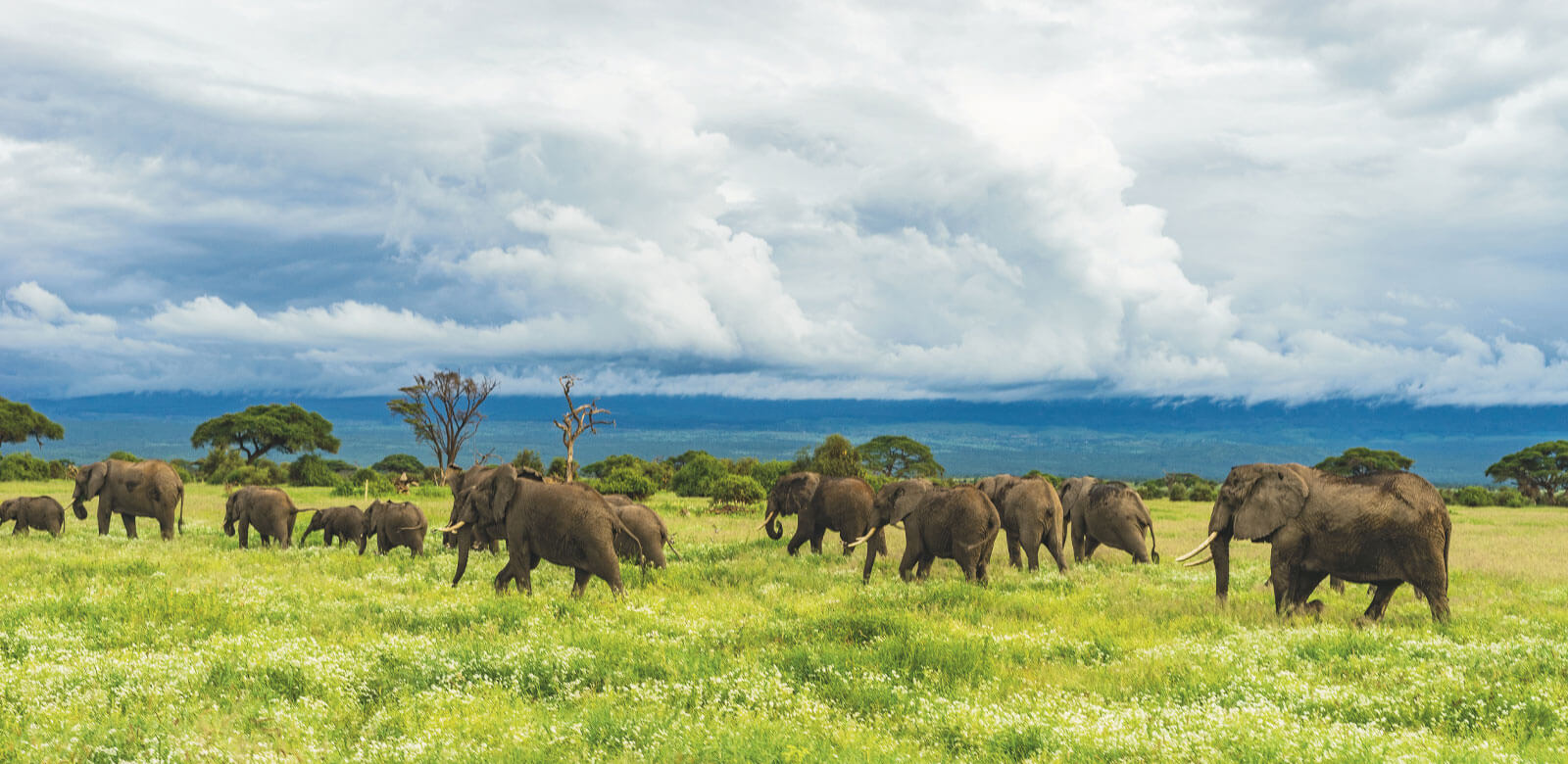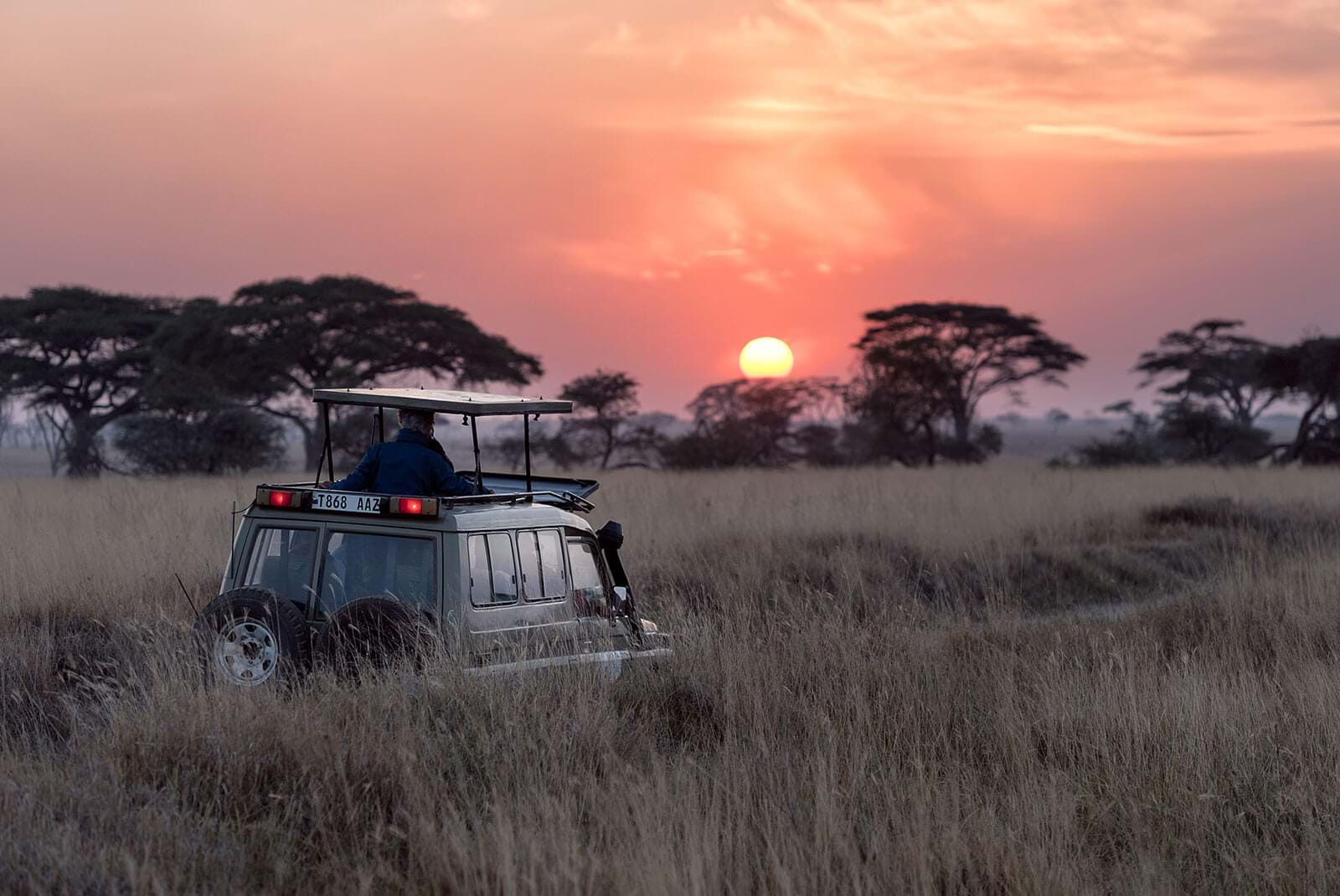 Photo by Matthew Cramblett on Unsplash
Photo by Matthew Cramblett on UnsplashTHE TRAVELER’S GUIDE TO SIMPLE, SUSTAINABLE, SAFE TRAVEL
Almost everyone who travels does so out of love and respect for the places they visit – but how can they take that one step further and travel sustainably? The tips for sustainable travel in this article – including tips on safe sustainable travel – can help.
Tourism’s dark secret might be this: People visit places in part because they believe those places might not be around much longer. At the same time, many people who visit a beautiful or historic place feel an obligation to preserve it for future generations.
Sustainable travel unites that duality by helping travelers take care of fragile destinations, protecting them for the travelers who follow.
 Photo by Austin Ban on Unsplash
Photo by Austin Ban on Unsplash
WHAT IS SUSTAINABLE TRAVEL?
“Truly sustainable travel is basically responsible travel to natural areas that conserves the environment and benefits local people,” according to Bret Gabbett, co-founder of Green Travel Media.
However, Gabbett disputes the notion that sustainable travel is only nature travel.
“It's really not,” he says. “In order to be truly sustainable, eco travel must benefit the ecology and the economy of a place . Without benefits to local communities, most tourism initiatives are ultimately unsustainable.”

Gabbett founded GGT nine years ago, in part out of frustration with a lack of coverage of sustainable tourism in mainstream travel media and blogs.
GGT stories are now used in lesson plans by hundreds of schools and universities around the world, and Gabbett and his wife, Mary, have visited 50 countries on six continents. A companion site, Blue Ridge Mountains Travel Guide, is set to launch this year.
According to Gabbett, the objectives of sustainable travel are to:
- Build environmental and cultural awareness.
- Design and operate low-impact tours and facilities.
- Provide financial benefits for conservation (natural or cultural).
- Provide financial benefits for local people.
- Support human rights.
The number of tourists following those tenets has exploded since GGT launched, Gabbett says, and is accelerating as more people understand the negative impacts of mass tourism and climate change.
While the typical sustainable traveler is female, age 35-plus, with a high level of social consciousness and a desire to get out of their comfort zone, anyone can be a sustainable traveler – and just about any type of travel can be made sustainable.
 Photo by Wenhao Ryan on Unsplash
Photo by Wenhao Ryan on Unsplash
WHERE DO SUSTAINABLE TRAVELERS GO?
Any destination can be a sustainable one, too. In many respects, Barcelona and Venice are as much in need of sustainable tourism as a rainforest.
Still, according to Gabbett, environmentally sensitive and diverse areas are the most popular destinations for sustainable tourism, including:
- Kenya and Tanzania
- The Amazon
- Costa Rica
- The Galapagos
In addition, Gabbett says, “National parks and reserves are always popular – perhaps a bit too popular when it comes to sustainability – and UNESCO World Heritage Sites are always of interest.”
In the U.S., that might mean visiting natural areas outside of the Yellowstone-Yosemite-Smokies axis, like:
- Theodore Roosevelt National Park, in North Dakota
- Congaree National Park, in South Carolina
- El Yunque National Forest, in Puerto Rico
- Chattahoochee-Oconee National Forest, in Georgia
- Hawaii Volcanoes National Park
However, the low-impact aspect of sustainable tourism drives Gabbett and other sustainable tourists to look for places off the beaten path – and to keep that path from getting beaten.
So if you’re looking for great summer-travel destinations that encourage sustainability, try exploring:
- Jordan’s nature reserves
- Dominica
- Rwanda’s national parks
- The polar-bear colonies around Churchill, Manitoba
 Photo by Taylor Simpson on Unsplash
Photo by Taylor Simpson on Unsplash
WHAT CAN A TRAVELER DO (SAFELY) ON A SUSTAINABLE VACATION?
Just about anything you’d do on a regular vacation; the difference, according to Gabbett, is that “it’s not exploitative of people, nature, or resources.”
Some of the most popular activities on a sustainable vacation are:
- Hiking: Be sure to stay on trails and respect local flora and fauna.
- Watching wildlife: Watching is great; activities that exploit wildlife aren’t. So don't ride elephants, swim with captive dolphins, or go walking with lions.
- Snorkeling and scuba diving: Be mindful of the marine ecosystem and don't step on coral, touch turtles, or go on tours where they chum the water for sharks.
If that sounds a lot like adventure travel, you’re right. And the same safety concerns that might accompany an adventure trip come into play with these trips.
Our adventure-travel blog post goes into great detail about those safety concerns, but basically:
- Make sure you have the right equipment;
- Make sure that equipment is in good working order;
- Know where you’re going and what you’re going to be doing, and make sure others know; and
- If a situation feels dangerous, remove yourself from that situation.
Sustainable travel also sounds like travel to help people, or “voluntourism,” but the parallels are trickier.
With some voluntourism experiences, it’s “more about the traveler feeling good than truly improving the lives of local people,” Gabbett says, “and if you’re more interested in sharing the selfie than learning how those people are doing a year from now, your heart might not be in the right place.”
 Photo by Erik Odiin on Unsplash
Photo by Erik Odiin on Unsplash
HOW SHOULD SUSTAINABLE TRAVELERS TRAVEL?
The answer isn’t as obvious as you might think.
While airplanes are often cited as a huge source of pollution, sometimes planes are the best way of getting a large number of people to a largely remote destination.
Complicating things, according to Gabbett, is that “there are a lot of developing nations whose entire economy would crumble if the western world suddenly stopped traveling there .”
Ultimately, sustainable travel requires you to make some hard choices.
“If you never fly but you eat lots of meat, don't reduce/reuse/recycle, and don't travel in a way that provides financial benefits to locals, you're still not nearly as sustainable as you could be,” he says.
Your mission is to find ways of "going green" that work for you.
 Photo by Hu Chen on Unsplash
Photo by Hu Chen on Unsplash
HOW CAN A TRAVELER START TRAVELING SUSTAINABLY?
Most people want to know how if a lodging or tour operator is truly sustainable, and that’s a tricky question for even an expert like Gabbett to answer.
Organizations like the Global Sustainable Tourism Council (GSTC) and the Center for Responsible Travel (CREST) have guidelines, but there aren’t awards for sustainable travel, and many small local businesses can’t afford the cost of certification programs.
In the end, traveling sustainably often requires you to do your homework, checking out sites like GSTC, CREST, the Rainforest Alliance, and National Geographic to see how tour operators and local businesses conduct themselves.
 Photo by Brian Yurasits on Unsplash
Photo by Brian Yurasits on Unsplash
3 TIPS FOR SUSTAINABLE TRAVEL
Gabbett recommends the following simple steps to make any travel sustainable:
1. SAY NO TO PLASTIC.
Don’t buy bottled water; instead, use a refillable, filtered water bottle (such as Lifestraw Go). Avoid all plastic, Styrofoam, and other non-biodegradable packaging, and bring along a bag when you hike or snorkel to pick up trash.
2. DO NOT DISTURB … THE TOWELS.
Put the “Do Not Disturb” sign on your hotel/resort door for your entire stay. Ask for fresh towels when you need them. This cuts down on detergent and water to wash linens, and electricity to vacuum your room.
3. GIVE SOMETHING BACK.
Donate supplies to a local school; eat at locally owned restaurants; shop at locally owned businesses; take an interest in the local culture; and most importantly, respect local traditions.
This is just a start. As the issues facing the planet continue to evolve, so does sustainable travel.
“There's still a huge lack of depth in understanding what the issues are and how we as individuals can do our part,” Gabbett says. “This is one of the reasons we consistently focus on tips on how to travel more responsibly and live more sustainably.
“We're constantly learning ourselves, and sharing the things we learn.”
Questions About Travel Insurance?
Check out our online guide, "What Is Travel Insurance All About?" We've provided in-depth answers to all your travel insurance questions, starting with the basics.